The Nightmare Before Christmas — based on stories by Tim Burton and directed by Henry Selick — has grown in renown in the nearly thirty years that have passed since its release. Becoming a sleeper hit when it was first released in theaters in October of 1993, the film has only risen in prominence, becoming a major classic of both the Halloween and the Christmas seasons.
Despite taking place with a very Halloween-inspired central cast of characters and a gothic pallete, The Nightmare Before Christmas lacks many of the hallmarks that define the holiday’s most famous films. In fact, The Nightmare Before Christmas works better as a Christmas film than it ever does as a Halloween movie.
How The Nightmare Before Christmas Tackles Christmas & Halloween

The Nightmare Before Christmas focuses on Jack Skellington, the Pumpkin King and one of the leaders of Halloween Town — a community of monsters and terrors who thrive on Halloween night. However, the end of another scary season leaves Jack bored. Disillusioned with the traditional tropes that have defined his recent work as the spirit of Halloween, he finds inspiration when he discovers Christmas Town. Deciding to replace Santa to take over Christmas, Jack inadvertently sets of a chain of events that come close to dooming Santa and the entire holiday. By the end of the film, Jack realizes the error of his ways, saves Santa from Oogie Boogie and enjoys a snowy night with his love interest, Sally.
In an era of impressive works courtesy of Walt Disney Animation, The Nightmare Before Christmas remains one of the most unique and iconic — with its stop-motion animation and Tim Burton-character designs creating a goofy yet grim world of sweetness and terror. It’s common to see elements of the film re-purposed in the Halloween season — especially at Disneyland, where the Haunted Mansion ride is modified as the “Haunted Mansion Holiday,” a ride featuring the characters from The Nightmare Before Christmas. Despite the prominent horror moments, there are a lot of little reasons why the film makes far more sense as Christmas viewing than as a Halloween movie.
Why Nightmare Before Christmas Isn’t A Halloween Movie

The opening musical number of The Nightmare Before Christmas — “Halloween Town” — sets the stage for the entire film. It gleefully introduces the ghouls that inhabit the titular setting, showcasing the goofy gothic approach to life in the town. Notably, though, this all occurs in the final moments of Halloween, as the clock strikes midnight and closes the book on yet another Halloween. The film literally opens with Halloween ending. While the rest of the town gleefully prepare for the next year, Jack becomes far more enamored with Christmas, and while Halloween Town attempts to recreate Christmas through their twisted perspective, it’s all done with the intention of living up to Christmas. They prepare presents and try to spread joy and cheer — only for the presents to be horrifying, and their cheer to stem from terror.
In effect, Jack steals Christmas from Santa Claus, giving him more in common with the Grinch Who Stole Christmas than any other spirit of Halloween like Sam from Trick r’ Treat. When Jack realizes the error of his ways and saves the day, he’s rewarded with a Christmas evening from Santa, leading the citizens to more fully embrace a holiday besides Halloween, even if just for a night. Jack realizes the meaning of Christmas through a gift from Sally, highlighting the importance of love and togetherness — as opposed to the more cautious lessons of Halloween stories.
In function (despite the horror-style visuals), the story of Nightmare Before Christmas is one that feels more at home in the Christmas season. Even the scares of The Nightmare Before Christmas are punctuated with a joke and a laugh, never quite reaching the intensity of Jack’s scarecrow dance at the beginning of the film, during Halloween. The Nightmare Before Christmas isn’t a Halloween movie, even if it can look like it.
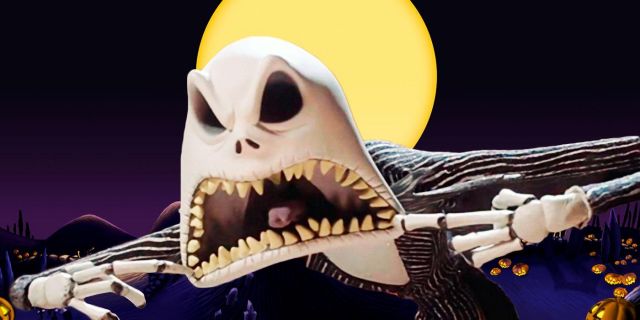
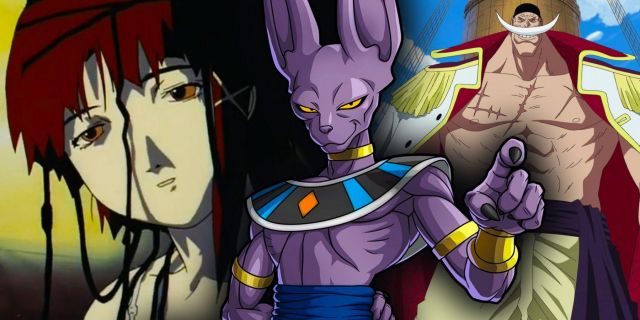


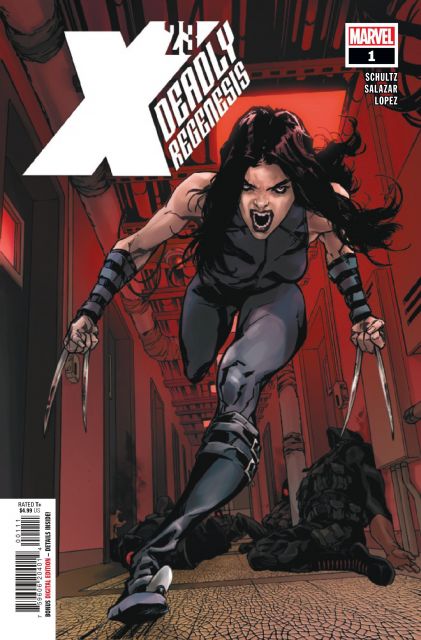
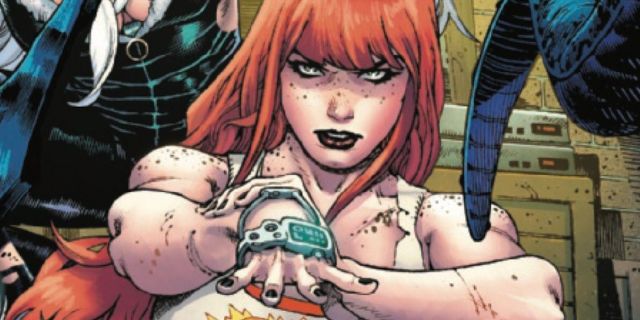
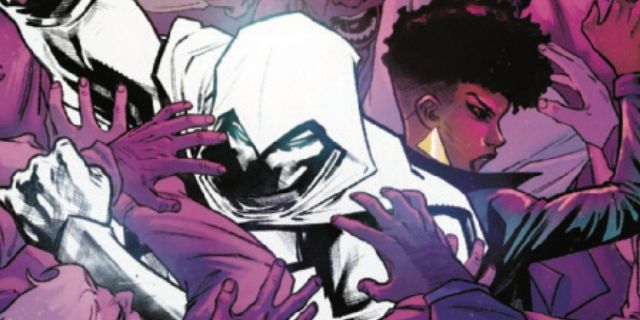


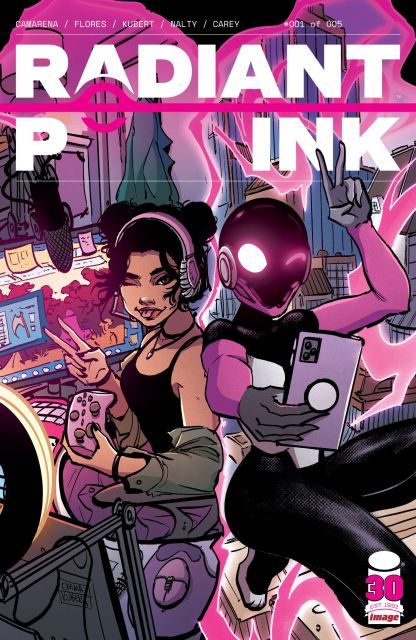





Leave a Reply